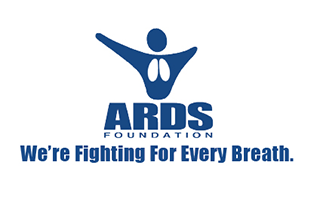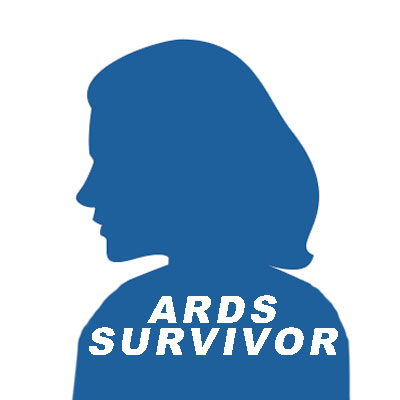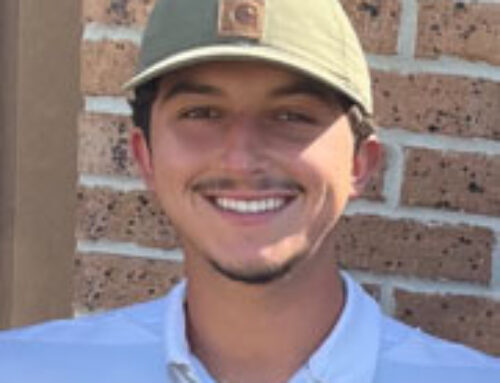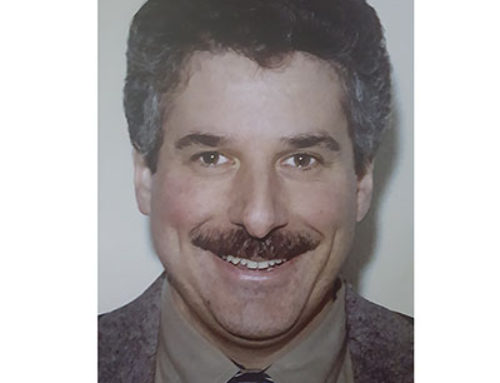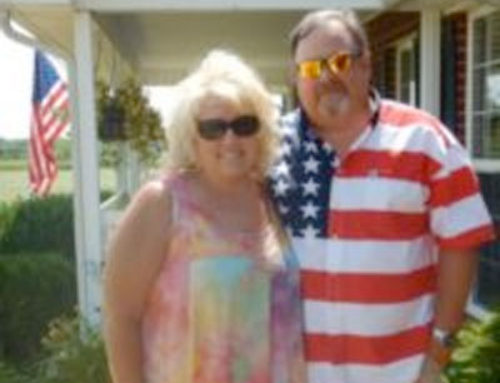Five years ago, twenty nine year old Brenda Ramsland, who lived near Baltimore, MD, at the time, learned that she was pregnant on her two-year-old daughter’s birthday. Though she was joyous, she soon became very ill; the doctors called it morning sickness. But Brenda had previously had morning sickness with her last pregnancy and this was much worse; she was hospitalized eight times for dehydration, and lost ten pounds in her first trimester. Brenda was unable to care for her two-year-old daughter because she was ill all the time but luckily, her mother and mother-in-law were able to assist in her daughter’s care.
At about twenty weeks, the so-called morning sickness subsided. Everything seemed relatively calm for about three weeks… And then, at about 23 weeks gestation, Brenda suddenly began to have premature contractions. She again became a frequent hospital visitor. Seven trips in two and a half weeks, an IV with fluid, a shot of Terbutiline, and Brenda was sent on her way. Finally, at about 25 1/2 weeks gestation, Brenda’s physicians decided to investigate to determine why she continued to have these concerns. What the doctors discovered was that Brenda’s iron level was critically low. Brenda thought to herself, “Why wouldn’t it be?” she had hardly been able to eat solid food for the past five months. Brenda was put on a continuous dose of Terbutiline and they gave her a blood transfusion.
The morning after the transfusion, Brenda awoke with chest pain and shortness of breath. She told her doctor, who listened to her lungs and heart. He declared that it was just anxiety and symptoms of taking so much Terbutiline. Brenda was sent home again. This time she was told to stay on bed rest and ordered to take Terbutiline every four hours. About five hours later, Brenda’s chest was really hurting and she could not catch her breath. Brenda went back to the hospital and was admitted.
The doctors ordered a lung scan. During the lung scan, Brenda started to spit up bright red blood. Brenda spent the next day in the labor and delivery ward. She received oxygen through a mask. The pulmonologist, who had been called in, had Brenda moved to the ICU of the hospital. The labor and delivery nurses came up every fifteen minutes to check on the baby. Things kept getting progressively worse. Brenda was told that she would be intubated and that the baby must “come out,” but she and her husband were not ready to give up on their baby. They wanted to give the baby every chance that they could.
The doctors had made it clear that Brenda had ARDS and would probably not survive and Brenda thought that if she could give her baby just a few more days, perhaps she would have an opportunity to survive.
Brenda was intubated and put on the newest ventilator that the hospital had, which was apparently a very high tech one, according to Brenda. Brenda’s lungs slowly began to heal. Her systems also began to recover. But then another problem arose. Brenda developed preeclampsia from the stress of the ARDS. It was quickly turning into eclampsia. On the forth day that Brenda was on the ventilator, Brenda delivered her baby.
She was 2lbs, 3 oz. Brenda was taken back to the ICU. Two days after she was born, Brenda was extubated. The day after that, Brenda was moved to a regular room. Brenda spent another week in the hospital, a total of 15 days, and then she went home, breathing on her own. Brenda’s daughter came home eleven weeks later, without oxygen support. Her name is Isabelle Hope–which means beautiful hope. She certainly fits the name.
Currently, Brenda lives in the Denver, CO, area with her family

